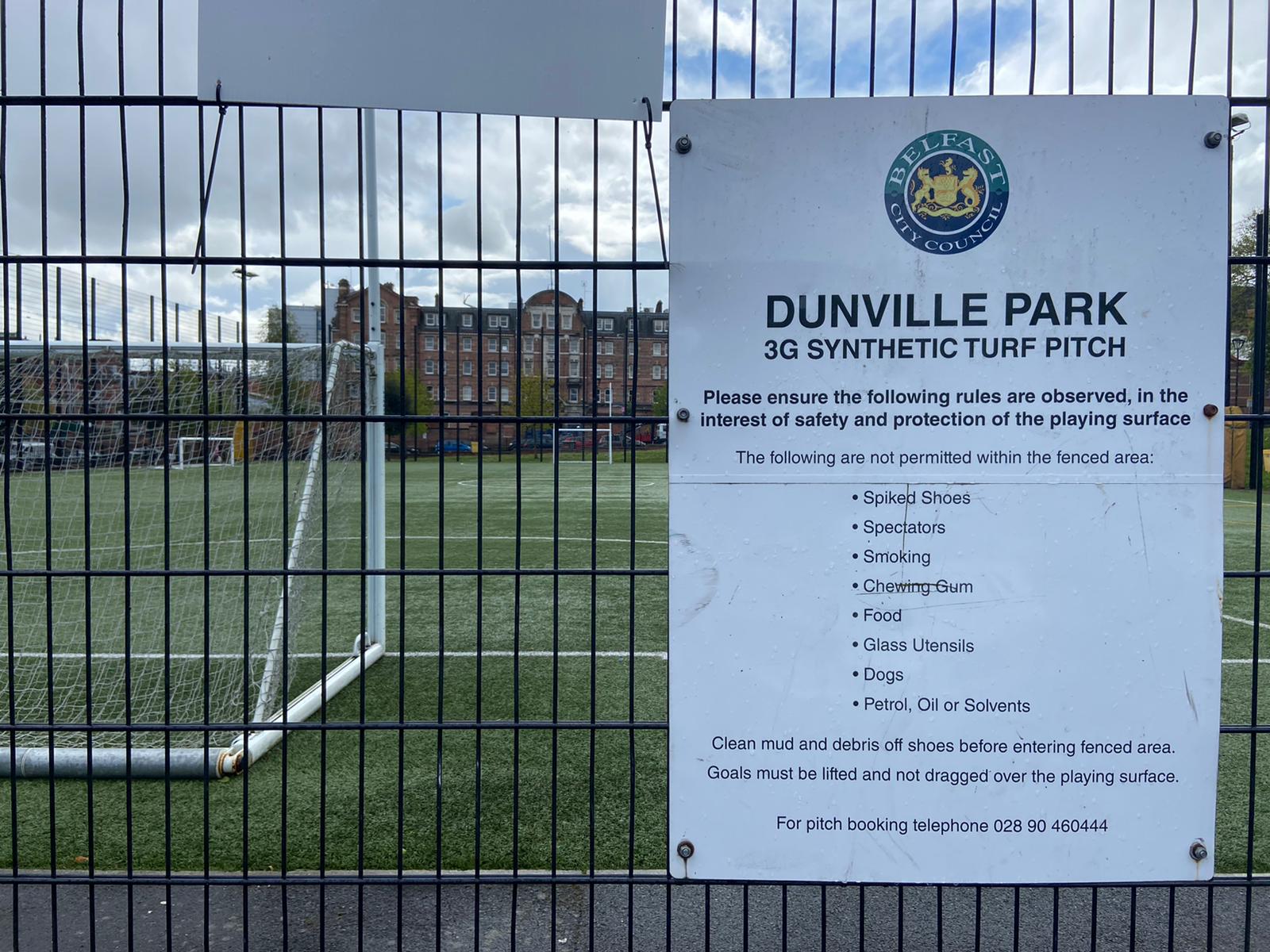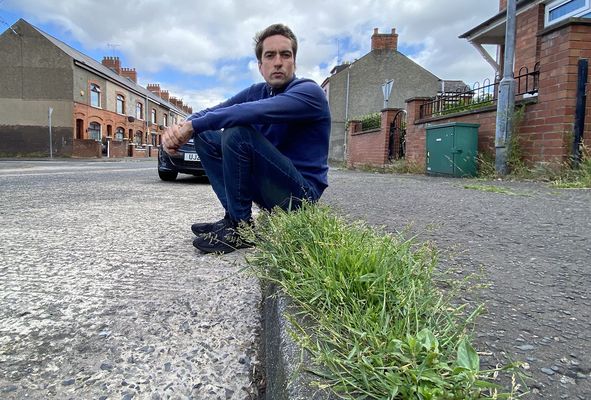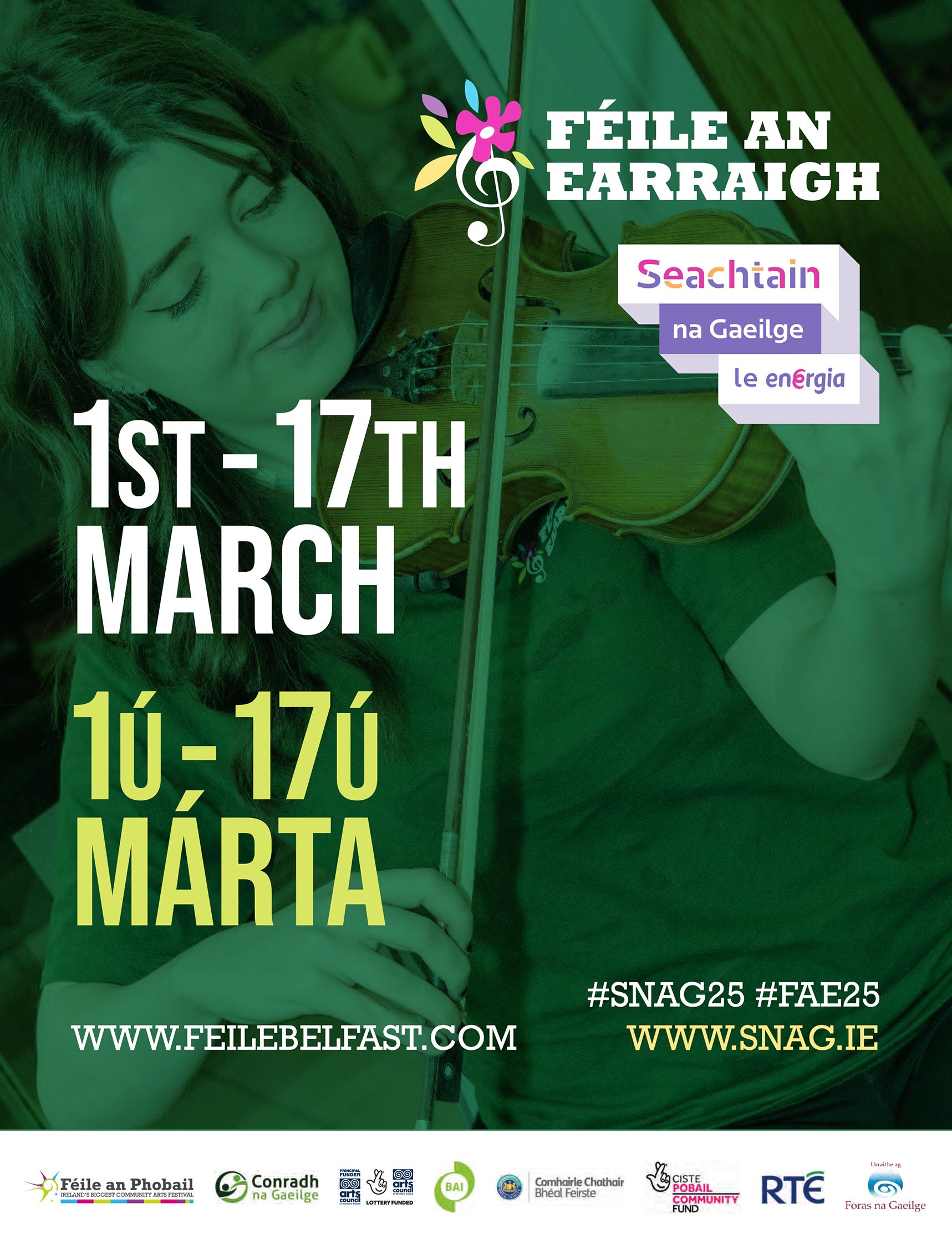Belfast City Council has drawn criticism from the Irish language community for erecting English-only signage at its parks in the Gaeltacht Quarter.
Local Irish language organisations are calling for the installation of bilingual signs at the Dunville, Falls and Willowbank Parks.
Ionad Uíbh Eachach Irish Language Officer, Brian Mac An tSionnaigh, has written to officials at City Hall to raise particular concern about newly-erected monolingual signage at the Dunville Park.
He said the park “acts as a community corridor” between Gaelscoil an Lonnáin and Coláiste Feirste, which cater for 1,000 local Irish speakers.
“It is quite appalling that these signs were installed excluding the hundreds of Irish speakers that use our services daily, who are one of the main local users of the facilities,” he wrote.
“These signs do not reflect the diverse and ever-growing Irish speaking community in which this park is situated.”
Mr Mac An tSionnaigh said the English only signs were “at odds” with the Council’s own languages strategy, as well as its obligations under the European Charter for Regional and Minority languages, the Good Friday Agreement and the commitments made within New Decade, New Approach Agreement.
The West Belfast man called on the Council to install “visible information on signage in the Dunville Park with new bilingual signs.”
A Belfast City Council spokesperson said: “Councillors have agreed to set up a working group of elected members to consider actions, policies and processes in relation to our Language Strategy, including signage at our sites.”
The spokesperson added:
“The Council’s Language Strategy aims to promote, protect and enhance the linguistic diversity of the city and reflect developments in international frameworks and regional strategies regarding our two indigenous languages,” the spokesperson added.
“The Irish language is one of the five language strands in the council’s Language Strategy. The other strands are Ulster-Scots; New Communities’ languages; Sign Languages; and languages and communications for disabled people.”








